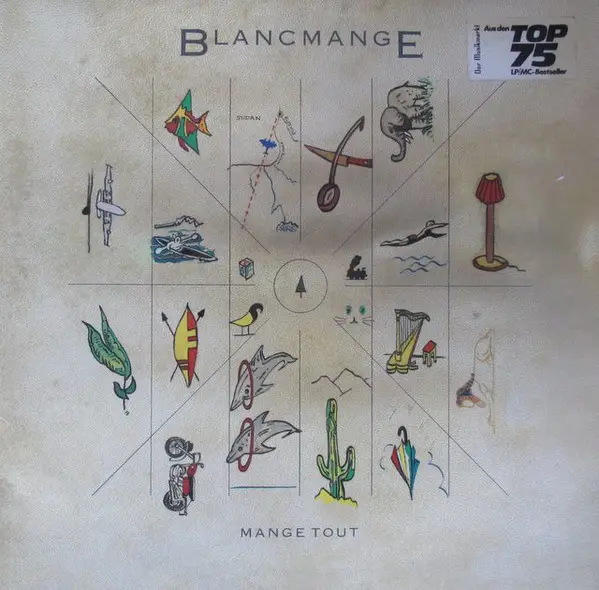Exploring the Revival of Blancmange in Modern Cuisine

The Significance of Blancmange
Blancmange, a creamy dessert often made from milk or cream thickened with gelatin, starch, or carrageenan, is witnessing a revival in the culinary scene. This classic sweet treat has its roots in medieval Europe and has been a staple in traditional British dessert offerings. Its resurgence highlights a growing interest in nostalgic flavours and simple, wholesome ingredients.
Historical Background
Originating from the Latin term blandum, or soft, blancmange was initially made with almond milk, sugar, and rice. Over the centuries, it evolved, with the inclusion of various flavourings and modern ingredients such as coconut milk and more exotic fruits. During the Victorian era, it became popular among the upper classes, often lavishly presented at banquets. However, its popularity waned in the 20th century, overshadowed by more indulgent desserts.
Current Trends and Variations
Recent culinary trends indicate a renaissance for blancmange, particularly as consumers seek lighter dessert options. Chefs and home bakers alike are experimenting with diverse flavours, including matcha, rose, and mango, appealing to modern palates. Ethnic variations, like the Middle Eastern muhallebi or the Caribbean coconut blancmange, are also gaining traction, adding international flair to the tradition.
Food blogs and social media platforms are rife with innovation, showcasing stunning blancmange presentations that include fruit coulis and edible flowers. Additionally, vegan and dairy-free versions are becoming more commonplace, catering to dietary preferences without sacrificing taste or texture.
The Future of Blancmange
The revitalisation of blancmange in today’s dessert landscape showcases the enduring appeal of classic recipes when reimagined for contemporary tastes. As consumers continue to favour less processed and nostalgic options, it is likely that blancmange will remain a popular choice in dessert menus and home kitchens alike.
Conclusion
In conclusion, the rise of blancmange reflects a broader shift towards embracing traditional recipes while adapting them to modern preferences. This renewed interest presents both an opportunity for chefs to experiment with this versatile dessert and for dessert lovers to rediscover a classic that is adaptable, delicious, and visually appealing.
